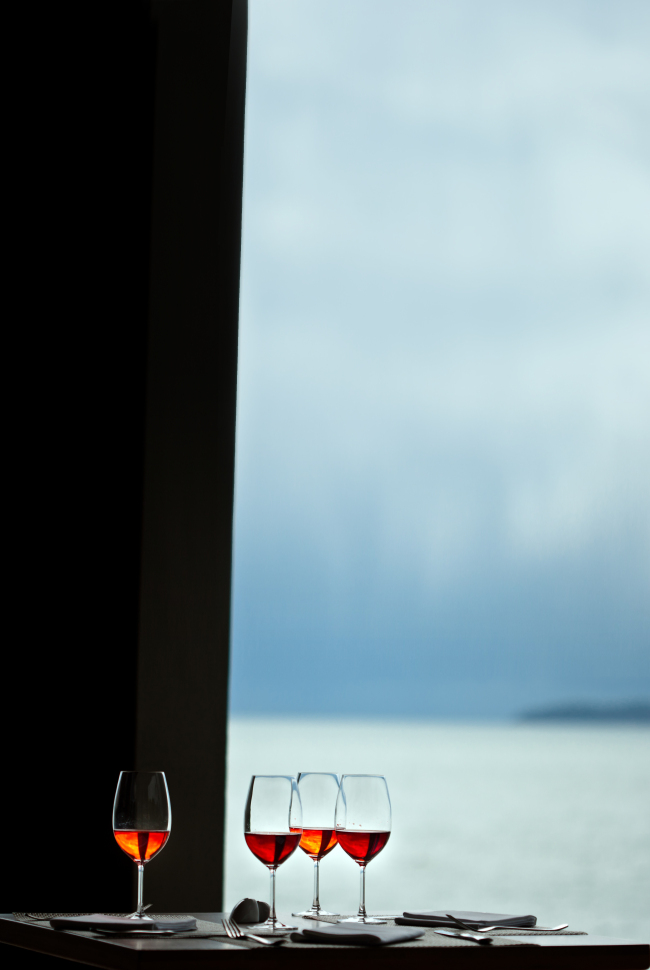For many Koreans of a certain age, hearing the word “Majuang” will bring a wistful smile. It is difficult to recall the taste, but in the days when imported wines were a rarity, Majuang ruled.
The story has it that Majuang, launched in 1977, was created at the behest of the late President Park Chung-hee, who, while visiting Germany, hit upon the idea of producing grape wine in Korea as an alternative to the traditional rice wine. The country suffered from a rice shortage at the time and the manufacture of rice-based alcoholic beverages was strictly controlled. Since the climate and the soil condition of Germany and Korea are similar, Park deemed, why not try winemaking in Korea?
When the floodgate was opened to imported wine in 1987 ahead of the 1988 Seoul Olympics, Koreans all but abandoned locally produced wines. And in recent years, Korean wine drinkers have become more adventurous, willing to try new things. The consumption of sparkling wine has been on an upward swing, according to Lee In-soon, wine educator and consultant at Lee Insoon Wine Lab, with sales being boosted by the availability of a greater variety of sparkling wines as well as a wider price range. “Whereas before Koreans stuck with red wines, they are now drinking more white wine than before,” Lee said.

(123rf)
Two clear wine trends stand out this year: Greater variety of lower-priced wines sold at discount retailers and the availability of wine-by-the-glass at hotels and restaurants. “What this means for consumers is that they have a greater range of choice, both in terms of variety and price,” Lee said.
Natural wines are a trend that is catching on with wine aficionados here. Manufactured according to standards that are stricter than that applied to organic wines, natural wines are now emerging as a new category in Korea, according to Lee.
Such expansion into new categories is natural in a market that is seen as having reached a mature stage.
Following a phenomenal growth of over 31 percent annually from 2000 to 2008, the Korean wine market is now in its mature stage, according to Kim Ji-hyung, general manager of Le Cordon Bleu Sookmyung Academy and a wine industry expert.
The global financial crisis of 2008 led to the growth plummeting by 40 percent in 2009 and the market has been recovering slowly since 2010. Wine imports totaled $190 million last year, Korea International Trade Association figures show. For this year, Kim expected a 2-3 percent growth while predicting a 4-5 percent annual growth through 2021.
The forecast for Korean wine market was once rosy -- for one thing, Koreans are known to be heavy drinkers -- but it is no longer so. With the annual per capita consumption of wine at 0.8 liters, the Korean wine market appears to have reached its peak growth, Kim observed. In comparison, the annual per capital consumption of wine in neighboring Japan is 2.4 liters.
“There are no immediate factors at the moment that might lead one to expect another major growth spurt,” he added. For example, internet sales of wines, which could significantly broaden the market, are still banned, despite periodic calls to allow such sales.
One notable feature of the Korean market, one that perhaps stands in the way of its growth, is the polarization. While high-end or low-end wines perform well, the mid-price wines do not have many takers.
“The mid-range segment, of the 30,000 won-50,000 won wines, is an important part of the wine market but one that is not growing here,” said Kim.
Based on the premise that wine drinking is still largely a social thing in Korea, Le Cordon Bleu Sookmyung Academy is launching a 15-session French wine class next month. The limited enrollment of 23 ensures exclusivity of the program, which is offered at 2 million won for Le Cordon Bleu Sookmyung Academy as well as Sookmyung Women’s University alumni and alumnae and 2.2 million for others. Offering food pairing sessions for each of the major wine regions in France, the program is as much a social networking opportunity as it is an education program.
By Kim Hoo-ran (
khooran@heraldcorp.com)


![[Herald Interview] 'Amid aging population, Korea to invite more young professionals from overseas'](http://res.heraldm.com/phpwas/restmb_idxmake.php?idx=645&simg=/content/image/2024/04/24/20240424050844_0.jpg&u=20240424200058)



